Dolphins sense military sonar at much lower levels than regulators predict
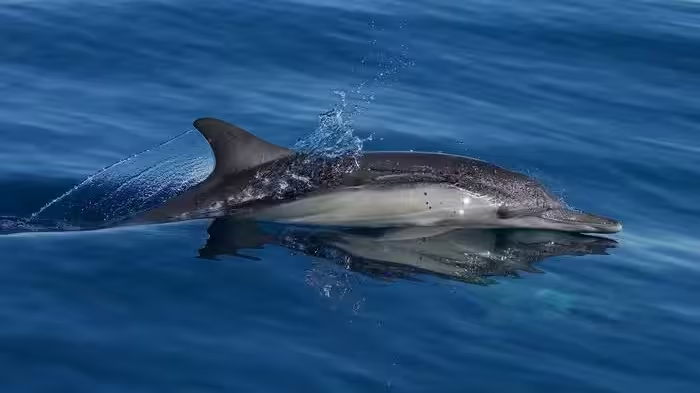
Researchers at the University of California, Santa Cruz, USA, discovered dolphins exhibit behavioural changes in response to military sonar at much lower sound levels than expected.
After injury, these comb jellies can fuse to become one
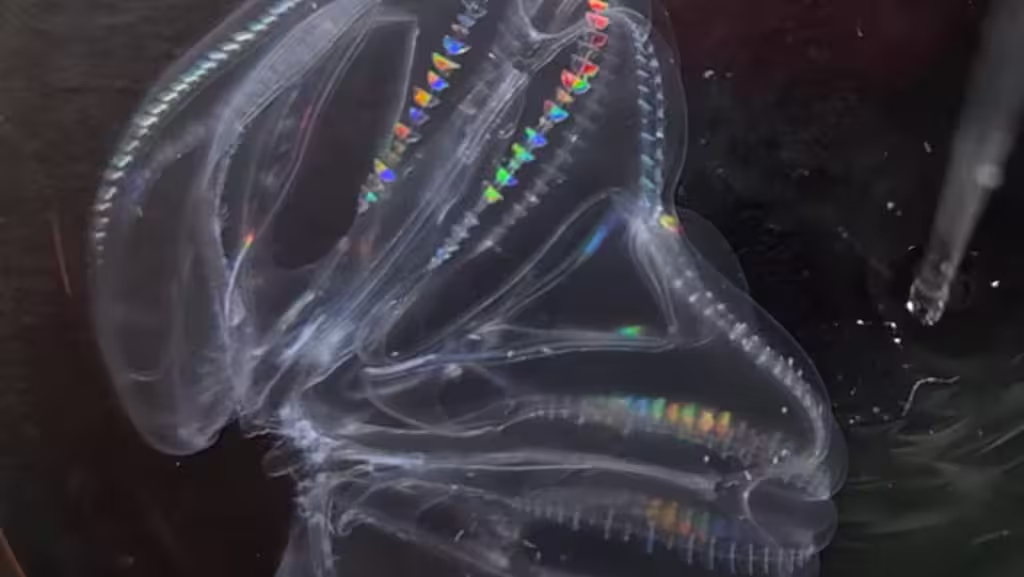
Researchers at the University of Exeter in the UK discovered that comb jellies can merge into a single organism, fusing their nervous systems and digestive tracts.
Spider fangs reveal surprises
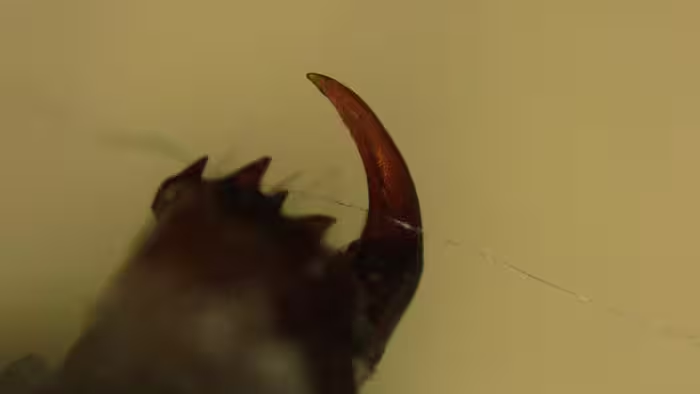
Researchers at the University of Trento in Italy discovered that spiders’ fangs use unique serrated geometry to efficiently cut tough natural and synthetic fibres.
Mussel-inspired adhesive becomes unglued on command

Scientists at Humboldt University of Berlin in Germany have developed a bio-based, mussel-inspired adhesive that loses stickiness when oxidised, enhancing recycling and repair.
‘Scuba-diving’ lizards use bubble to breathe underwater and avoid predators
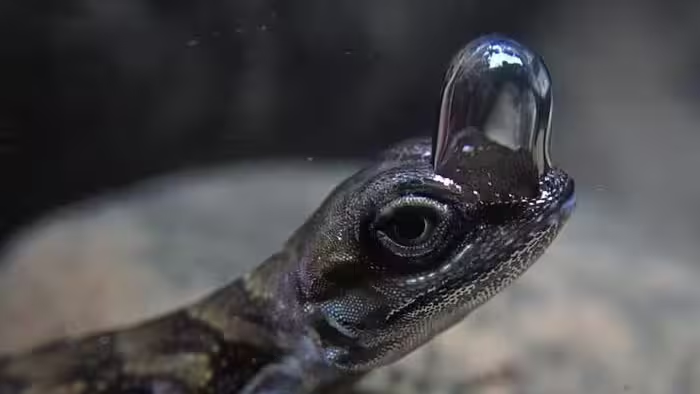
Researchers at Binghamton University in the United States discovered that lizards can stay underwater 32% longer by rebreathing bubbles over their heads.
Zebrafish “taste” oxygen: A breakthrough in respiratory biology
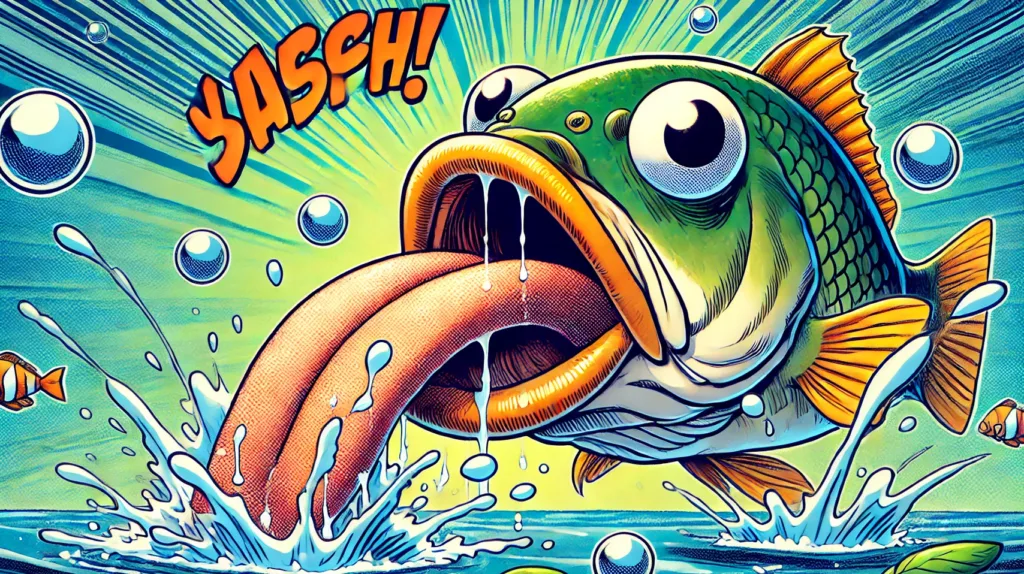
Scientists at the University of Ottawa in Canada discover zebrafish larvae use taste buds to sense oxygen levels in water and regulate their breathing.
Mirror, mirror, in my tank, who’s the biggest fish of all?
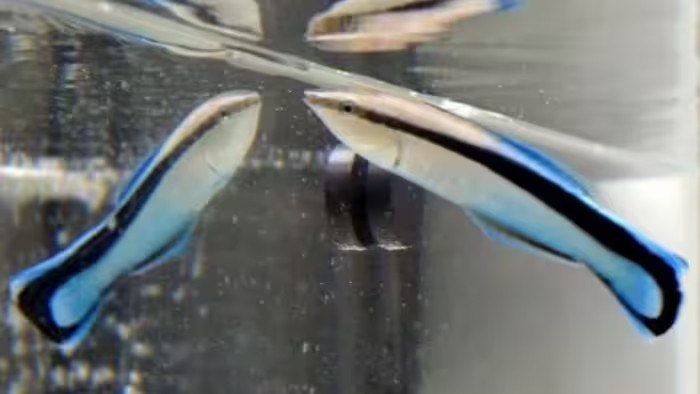
Researchers at Osaka Metropolitan University in Japan discovered that bluestreak cleaner wrasse use mirrors to assess their body size before they attack.
Ancient sea cow attacked by a crocodile and sharks sheds new light on prehistoric food chains
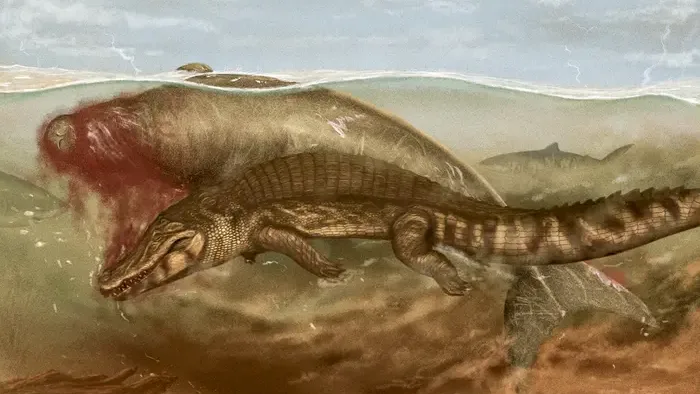
Researchers from the University of Zurich, Switzerland, discovered the prehistoric sea cow was first bitten on the snout by the croc before it likely performed a death roll.
In world 1st, high-quality cat stem cells generated without genetic footprint
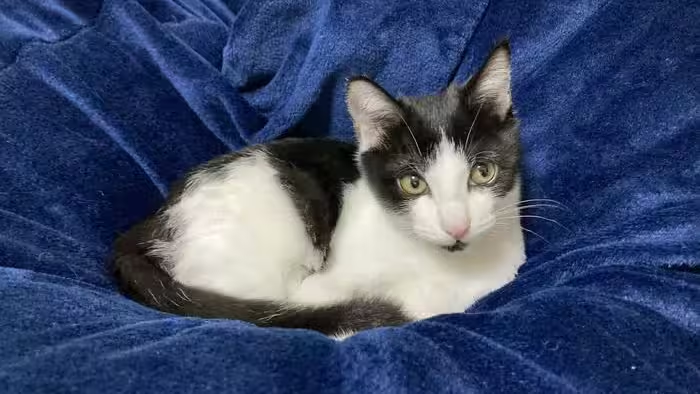
Osaka Metropolitan University researchers in Japan create world-first high-quality feline stem cells using cells from sterilised cats’ uteruses.
Mosquitoes sense infrared from body heat to help track humans down
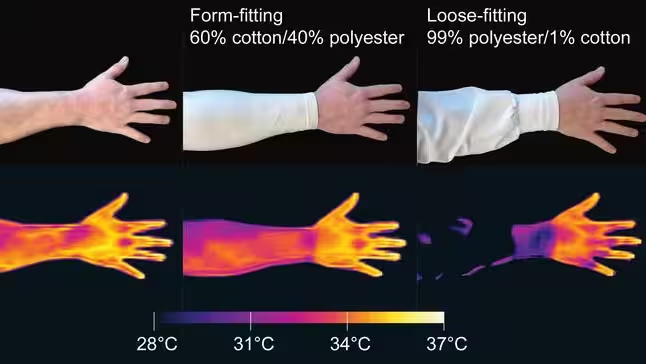
Researchers at UC Santa Barbara, USA, have discovered that mosquitoes use infrared detection from body heat to locate human hosts, enhancing their deadly efficiency.
